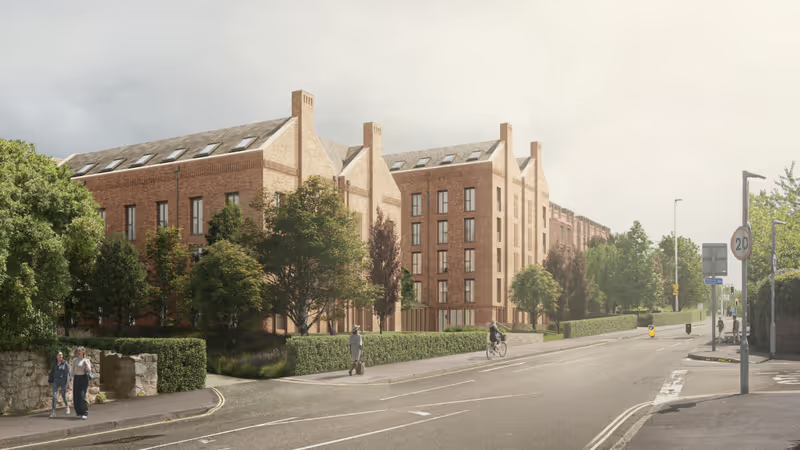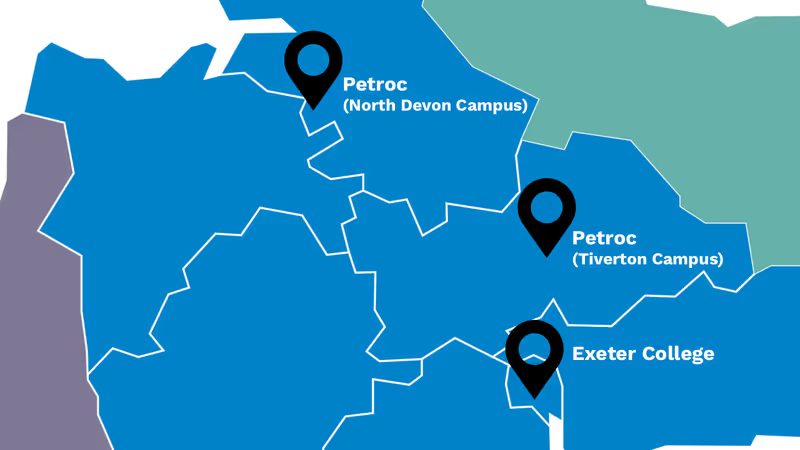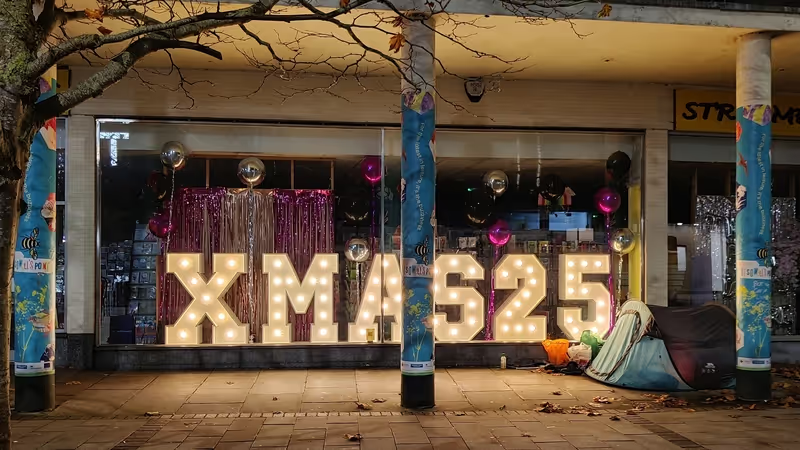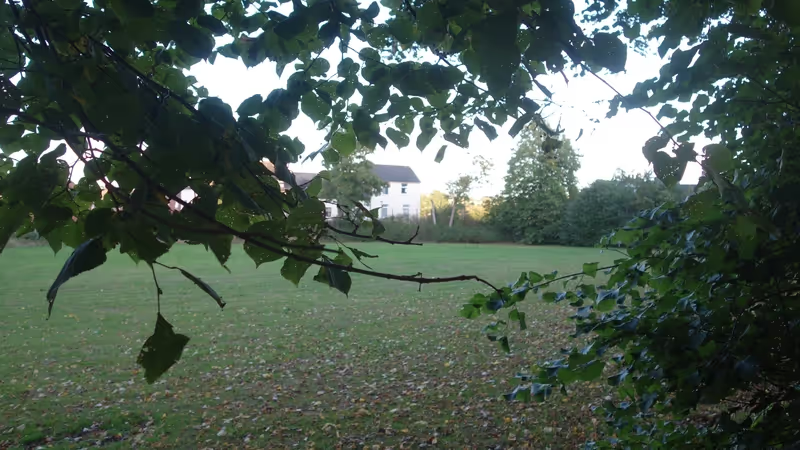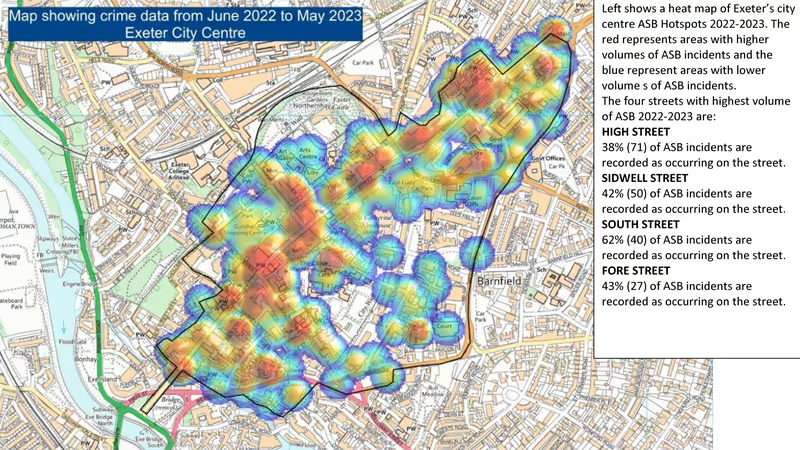An annual rough sleeper count conducted by Exeter City Council for the government “consistently underestimates” the true levels of rough sleeping in the city, according to homelessness charity St Petrock’s, which is calling on the council to change its approach.
The snapshot count, which is supposed to capture the number of rough sleepers on a “typical night”, is conducted each autumn on a single night between 1 October and 30 November by local councils.
Exeter City Council’s 2024 count, which took place overnight on 11-12 November, recorded eleven people sleeping rough in the city. However, according to homelessness charity St Petrock’s, there were at least double this number of rough sleepers in Exeter that night.
St Petrock’s claims are supported by government figures which are published alongside the annual single night count results.
These use more frequent and more detailed information gathered by local outreach workers and derived from partner agency referrals to produce a more complete picture of rough sleeping across the country.
According to these figures, 44 people slept rough in Exeter during the course of November and 51 in December last year.
 St Petrock’s outreach workers with a rough sleeper
St Petrock’s outreach workers with a rough sleeper
Exeter’s 2024 rough sleeper snapshot count was organised by Julian House, a charity that is contracted by the city council to provide a homelessness outreach service in Exeter.
Ahead of the count, city council officers met Julian House outreach workers and representatives of St Petrock’s to agree a list of 35 people believed to be regularly sleeping rough here.
The count then took place, following the city council’s chosen methodology, which was to spend four hours from 1am trying to find rough sleepers in known rough sleeping areas.
St Petrock’s says this approach has several limitations. If an individual has not bedded down at the moment of observation, or is not immediately about to bed down, they are not counted even if they are known to have slept rough on the night of the count by local outreach workers.
Other rough sleepers are not counted if they cannot be observed because they have taken steps to conceal themselves, often because of concerns for personal safety, or are in locations which are out of reach of a count team, such as locked, gated or private premises.
The count is also likely to miss those new to rough sleeping, who may not be located in known rough sleeping areas, or others who may have bedded down in out-of-the-way locations such as woodland in the city’s valley parks. Some simply stay awake all night to keep safe.
 St Petrock’s outreach worker
St Petrock’s outreach worker
There are other problems with the city council’s approach.
In one instance, a rough sleeper observed by an Exeter count team member on their way home was not counted as the count had concluded. In another, a rough sleeper assisting the Exeter count was not counted himself because he was mobile during the count hours.
The 2024 count in particular, which produced what St Petrock’s describes as an “even greater under-estimate of the true number of rough sleepers than normal”, took place on the night of Remembrance Day. Several rough sleepers reported being moved on by police, so were not in their usual locations when the count took place.
11 November 2024 was also a Monday, when Exeter city centre bars and clubs run student nights, so there was more noise and activity around typical rough sleeping locations than on other evenings. There were also fewer experienced staff on the count than in previous years.
St Petrock’s says that it connected with twelve people who had bedded down in the city centre alone, not including those bedded down in residential areas, parks and woodland areas, while carrying out routine outreach the following morning.
Over the course of the day, based on its ongoing knowledge of who is sleeping rough and where and conversations with clients visiting St Petrock’s centre in Cathedral Yard, the charity estimated that the number of individuals sleeping rough the previous night in Exeter was actually 24.
St Petrock’s says, nevertheless, that it had “no concerns” about the integrity of city council officers or the council’s Julian House outreach service in carrying out the count.
But it does believe that the council’s approach consistently underestimates the true level of rough sleeping in the city.
 Rough sleeper sheltering at Exeter Guildhall
Rough sleeper sheltering at Exeter Guildhall
Guidance issued to local authorities on how to conduct the annual snapshot count provides three methodology options from which councils must choose.
One is to produce an estimate based on evidence and intelligence provided by local organisations and outreach workers engaged in homelessness support work. Another is to combine this approach with a count of those sleeping rough in the area. 84% of local councils use one or the other of these.
The third is only to conduct a count: the method employed by Exeter City Council. Only 16% of local councils do this.
St Petrock’s is calling on the city council to change its approach, which it says “consistently underestimates the actual level of rough sleeping in the city year after year”, to the first or second method, which both take into account the knowledge of charities working with homeless people.
St Petrock’s director Peter Stephenson said: “Whilst we know the annual snapshot isn’t the only number used to inform strategy, it is the main figure that is quoted publicly, and so it is vital that we have an accurate picture locally and nationally.
“Inaccurate data about the numbers sleeping rough will deliver inadequate strategies to address rough sleeping, and can lead agencies to congratulate themselves for bringing down rough sleeping when this is just not the case.”
In May 2023, the Ministry of Housing, Communities and Local Government launched a new rough sleeping data framework with a “new set of metrics” to better understand “how far rough sleeping is prevented wherever possible, and where it does occur, whether it is rare, brief, and non-recurring.”
It says there are “a range of factors that can affect the number of people who sleep rough on any given night, for example, the availability of night shelters, the weather, and where people choose to sleep”.
According to the figures it compiles using this framework, which include information gathered by local outreach workers, the city council’s 2024 count only captured the number of people who were new to rough sleeping on a single night in November.
Just as St Petrock’s says, the government figures confirm that these eleven people were only the tip of the iceberg.
The government figures also say that there were 24 new rough sleepers during the course of November, and that altogether 44 people slept rough in Exeter that month of whom sixteen were sleeping rough long term.
Peter Stephenson said: “Repeated underestimation of the true extent of rough sleeping risks complacency when the reality is that far too many people – many more people than are acknowledged by the annual snapshot – are living without even the most basic form of shelter from the elements.”
He added: “We don’t help anyone by pretending things are better than they are. To suggest, as Exeter City Council’s website has, that there were just eleven people sleeping rough in November and that rough sleeping is at its lowest level ever is incredibly unhelpful and misleading.”


